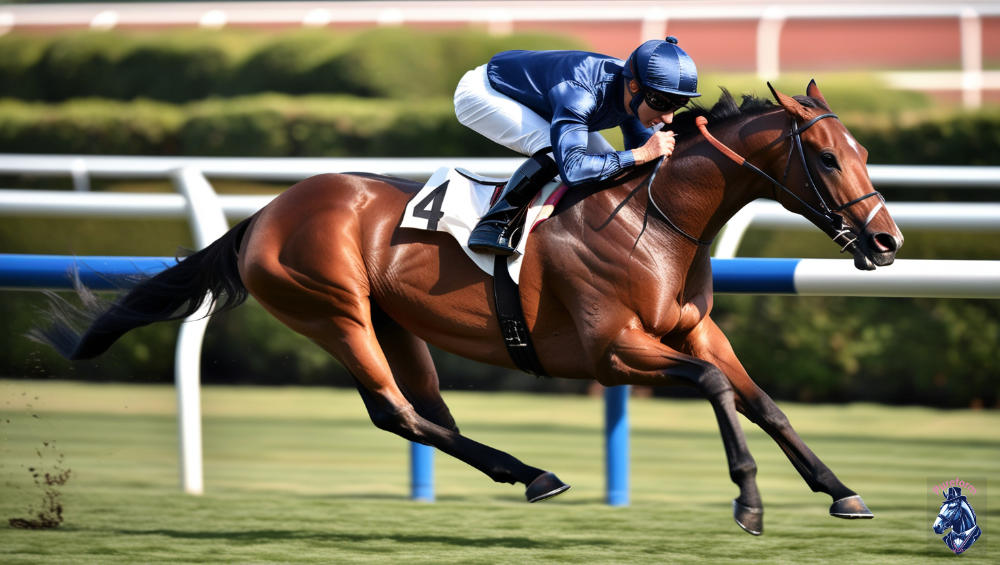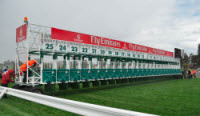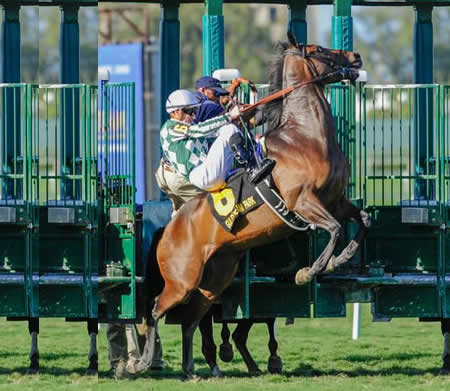PUREFORM
Australian Horse Racing
The Edge
We all want to be competitive in everything we do. And no more so that with punting on horse racing.
Success in punting on horses, in fact most things reduces down to an information war - the people with the best information make the smart moves.
Books have been and still are the best source of general information, and this applies at least as much in the art of racehorse selection and staking as in any other field.
Author Paul Segar has produced textbooks which cover all aspects of punting. The books alone stand as a complete reference but also provide 'food for thought'. You can develop / improve your own ideas as well as learn some new techniques.
Each book is written in plain English with plenty of practical examples in each chapter. Browse the contents of each book or email for further information, if required.
Improve your punting knowledge today - buy one or all of these
books.
Read the books but want more? It's time to do a course.
The Pureform Introduction Course uses a computer program to show you how and when to bet and how to do it successfully. Check out the details
The Benchmark Handicapper Course continues from the Introduction Course and gives you further weapons to apply when making quality value selections. More...
The Introduction to Dutch Betting using the Ratings Calculator Course gives you an introduction to betting using the Ratings Calculator computer software. More...
Buy all three books now:
$70 posted
The Anaerobic Conundrum
Menu
Part 1 Anaerobic Energy
Part 2 Horses for Courses
Part 3 Barrier
Part 4 Tracks
Part 3 Barrier

A slightly different but often losing situation applies to a horse that normally races rearward drawing an inside barrier.
This horse type is slow to attain its normal cruising speed where aerobic energy can be more cheaply used.
This horse type needs time to 'find its feet', to warm up if you like.
Drawing an inside barrier, most jockeys will try to use that barrier benefit riding their charge to maintain a closer position.
Riding any horse early uses precious anaerobic energy, some horses are roused to achieve their usual high level cruising speed but the slow accelerator gets no benefit from this.
The classic example of this anaerobic conundrum is the 1000m sprinter that tails off early then charges home late to finish in a minor placing but never wins.
If ridden forward early, instead of going on to win the race, the closer weakens badly. Back to ridden cold early, it runs home strongly to again finish in or near the placings, occasionally winning.
This is one feature of jockey changes. A lesser jockey perhaps a new apprentice is often put on a horse that misses the start or gets back in the run in the hope that the new jockey can position the horse closer in a winning position. The new jockey rides the horse forward but instead of going on to win, the horse weakens to finish nowhere.
A progressive type of horse may settle back over a shorter distance and then lead or race handy at a longer subsequent start. That horse may prefer to get back in the field and run on but most horses start winning in weaker company and if unable to race handy in weaker company is unlikely to be able to race handy in stronger company.
The champion mare Winx is a great example of a horse that basically flopped out of the barrier and then took time to build up to the usual early or mid-race cruising speed, admittedly not taking long. In this way she maintained most of her anaerobic energy and as a result could sprint running exceptional end of race sectional times.
Winx ridden early to take a handy position? Quite likely her anaerobic energy would be spent. Maybe she could race handy and still be the same champion but there was no need to do this with her amazing finishing speed. Why lead when you don't need to?
Barrier Draw

This is one reason why barrier draw in horse racing is so important.
A horse draws barrier six with five horses inside beginning with purpose. Even with a straight run of perhaps 1000 m to the first turn that horse won't race six wide; it must take up a position closer to the fence. Going forward will use anaerobic energy, going back will produce a many lengths deficit. In simple terms, the horse is at a disadvantage.
The same horse from a better draw may be able to conserve all its anaerobic energy.
The horse that traditionally gets back in the run has several negative inbuilt features.
This type of horse can perform very well if the leaders go fast early (but not too fast) but if instead a final sprint develops, chances are the horse will not be able to make up sufficient ground to win the race or even place. This type of horse from a wide barrier invariably gets further back in the run because of the gate and despite its superior closing quality will most likely also lose. A horse drawing barrier 10 in a field of 10 runners is likely to go almost to the rear of the field. The same horse drawing barrier four or five can take up a position, perhaps mid-race with the difference between the two runs maybe three, four or more lengths.
The same horse from barrier one if not ridden up will quite often find itself smothered on the rail and unable to build its momentum. In simple terms, it needs a lot of luck from the barrier. Bottom line: horses that get back in the run generally need to draw a midfield barrier, certainly not barrier one and not too wide to have a strong winning chance.
Another horse racing wide without cover to maintain its spot must run slightly faster than the rest of the runners on its inside, especially when going around turns and this too can be a way of wasting anaerobic energy.
Missing the Start

The best jockeys when riding a horse that misses the start do not punish their charge trying to make up ground unless of course the horse is supposed to lead in the race but even then, riding a horse hard at the start uses precious anaerobic energy which cannot be replaced.
This is one reason why a horse that likes to lead can be beaten “out of sight” in one race and in another, lead and win easily. The leader that has to work too hard to lead will “run out of gas” at the finish.
Aerobic energy is freely available if the horse can get into its rhythm. Most often, the other jockeys remember the horse weakening at its last run and allow it to have a comfortable lead. Within its comfort zone.
Whether that horse has sufficient aerobic capacity or not to still run in a positive way is the problem.
Anaerobic energy. In horse racing, conserving and using it is often the difference between winning and losing.



